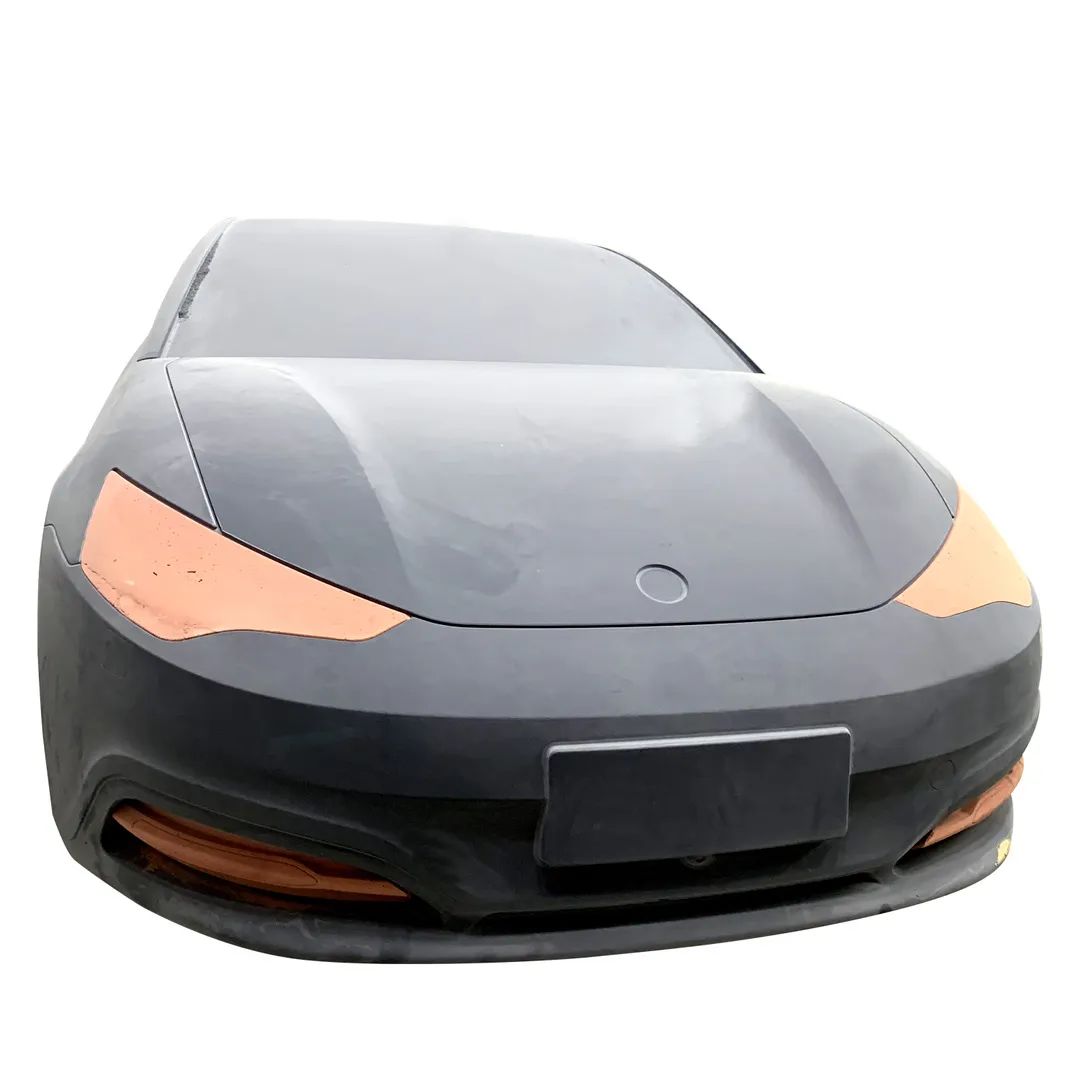 Part Machining / Mould
Part Machining / Mould Sheet Metal / Hand Plate
Customize&Volume Production
 English
English
 Part Machining / Mould
Part Machining / Mould  English
English

In the development and experimentation of new energy vehicles, the application of prototype technology is the norm. Whether it is AEB, automatic parking or driverless functions, it must be tested using prototype technology. Without the support of prototype technology, testing would have to take many detours. Not using prototype technology is equivalent to deceiving investors in the manufacturing process. The cost of car manufacturing companies varies, and many reasons are that car companies have not found a more reasonable manufacturing method and always use the old and stable way to think and execute the car manufacturing development process. As a new technology, the advantages of prototype trial production include fast production time, low trial and error costs, and the ability to quickly discover feasibility and unreliability issues. It is these factors that make it the best choice for pre-production testing.
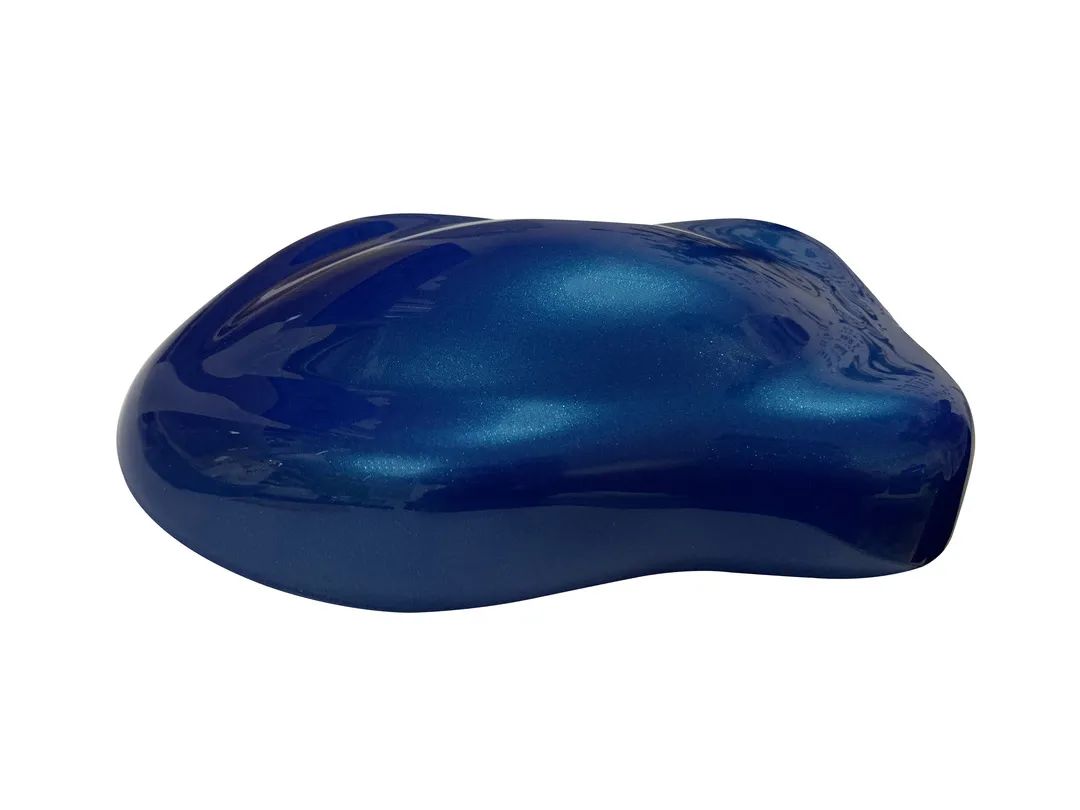
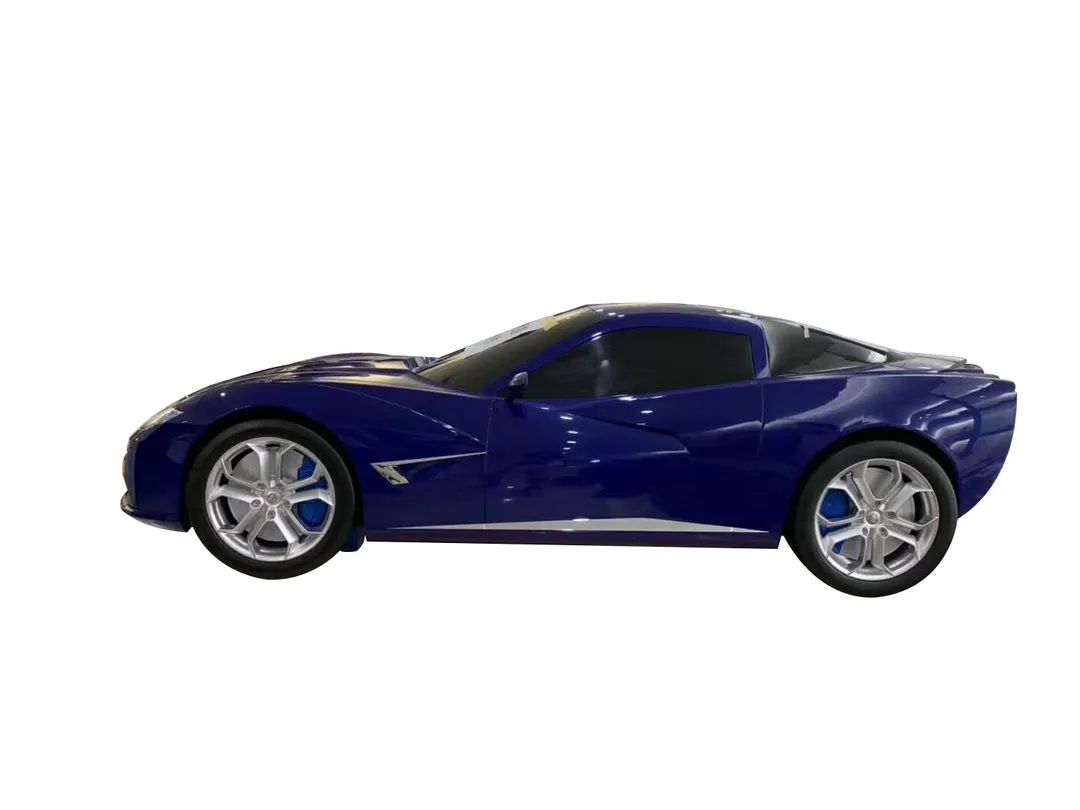
Q: It was mentioned earlier that prototype technology affects the cost of new energy vehicles. What are the specific influencing factors?
A: (1) Manufacturing cost: Prototype manufacturing usually requires manual or CNC processing to produce samples that meet the design requirements. This involves costs such as labor, materials and equipment. Hand-made prototypes may require more labor and time, while CNC machining may require higher equipment and material costs. Therefore, the cost of prototype manufacturing will have an impact on the cost of new energy vehicles.
(2)Testing and verification costs: Prototype technology could be used to test and verify the design and functions of new energy vehicles. By making prototypes for various tests and verifications, problems could be discovered and solved early to improve product quality. However, the costs of these tests and verifications also need to be considered, including the cost of making prototypes, the cost of using test equipment, and the costs of related personnel. These costs may increase the R&D and production costs of new energy vehicles.
(3) Optimize design costs: Prototype technology could help designers and engineers verify the feasibility and assembly of the design. By making prototypes, problems and defects in the design could be discovered early and corrected and improved. This helps avoid costly design changes and remanufacturing costs in later production stages. Therefore, prototype technology could reduce the development cost of new energy vehicles to a certain extent.
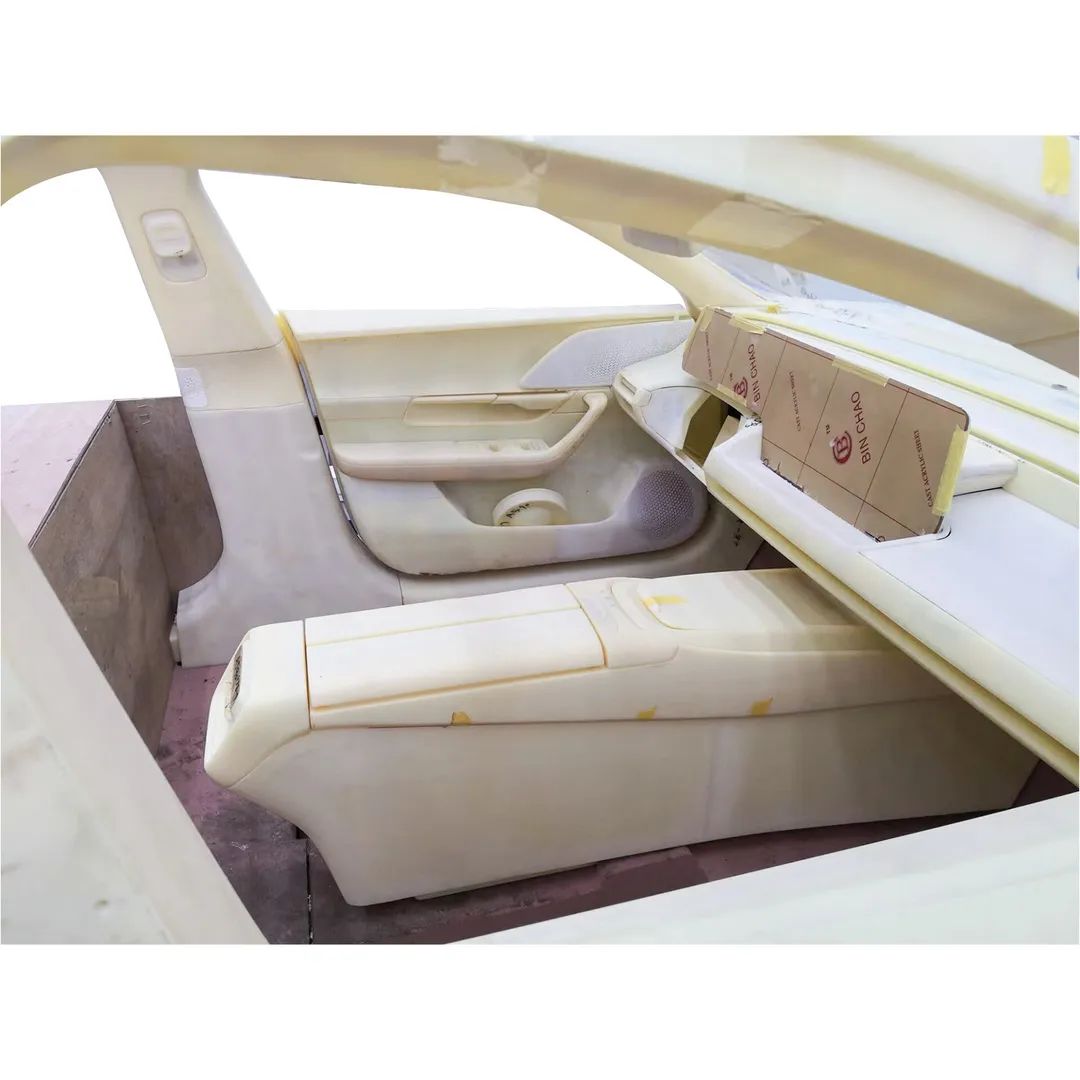
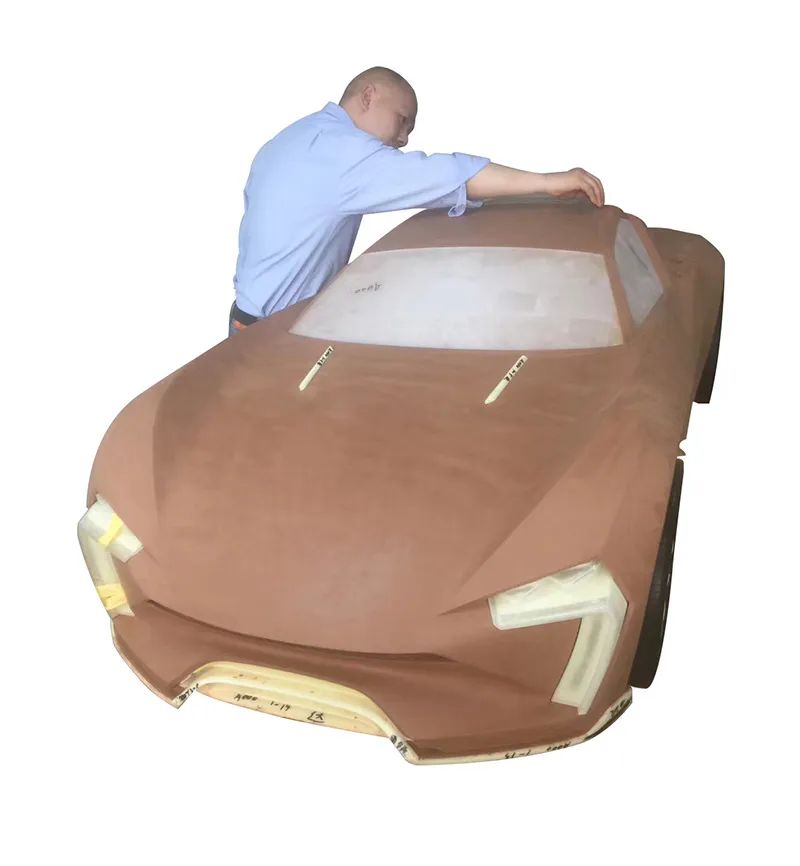
Q: What are the specific applications of prototype technology in new energy vehicle development and samples trial?
A: The following are specific application examples:
(1) Appearance model verification: Prototype technology could produce an appearance model of a new energy vehicle, which could be used to evaluate the aesthetics of the exterior design, the rationality of the body proportions, etc. These models could be presented to designers, decision-makers and potential customers at an early stage for review and validation.
Interior component verification: Prototype technology could produce samples of interior components of new energy vehicles, such as center consoles, seats, instrument panels, etc. These prototypes can be used to verify the practicality, ergonomics and operational feasibility of the interior design.
(2)Functional verification: Prototype technology could produce samples for functional verification to evaluate the performance of specific components or systems of new energy vehicles. For example, prototypes of battery modules are made to verify the battery installation method, connector layout, etc.; or prototypes of electric drive systems are made to verify the performance and matching of motors, controllers, etc.
(3) Crash test: Prototype technology could produce samples for crash tests to evaluate the safety performance of new energy vehicles in collision situations. These samples can be used to simulate different collision situations and test the effectiveness of the body structure and safety systems.
(4) Aerodynamic testing: Prototype technology could produce samples for aerodynamic testing, such as body models, wind tunnel models, etc. By conducting aerodynamic tests on these prototypes, we could evaluate the air resistance, lift and other performance indicators of new energy vehicles, optimize the body design, and improve the energy efficiency of the entire vehicle.
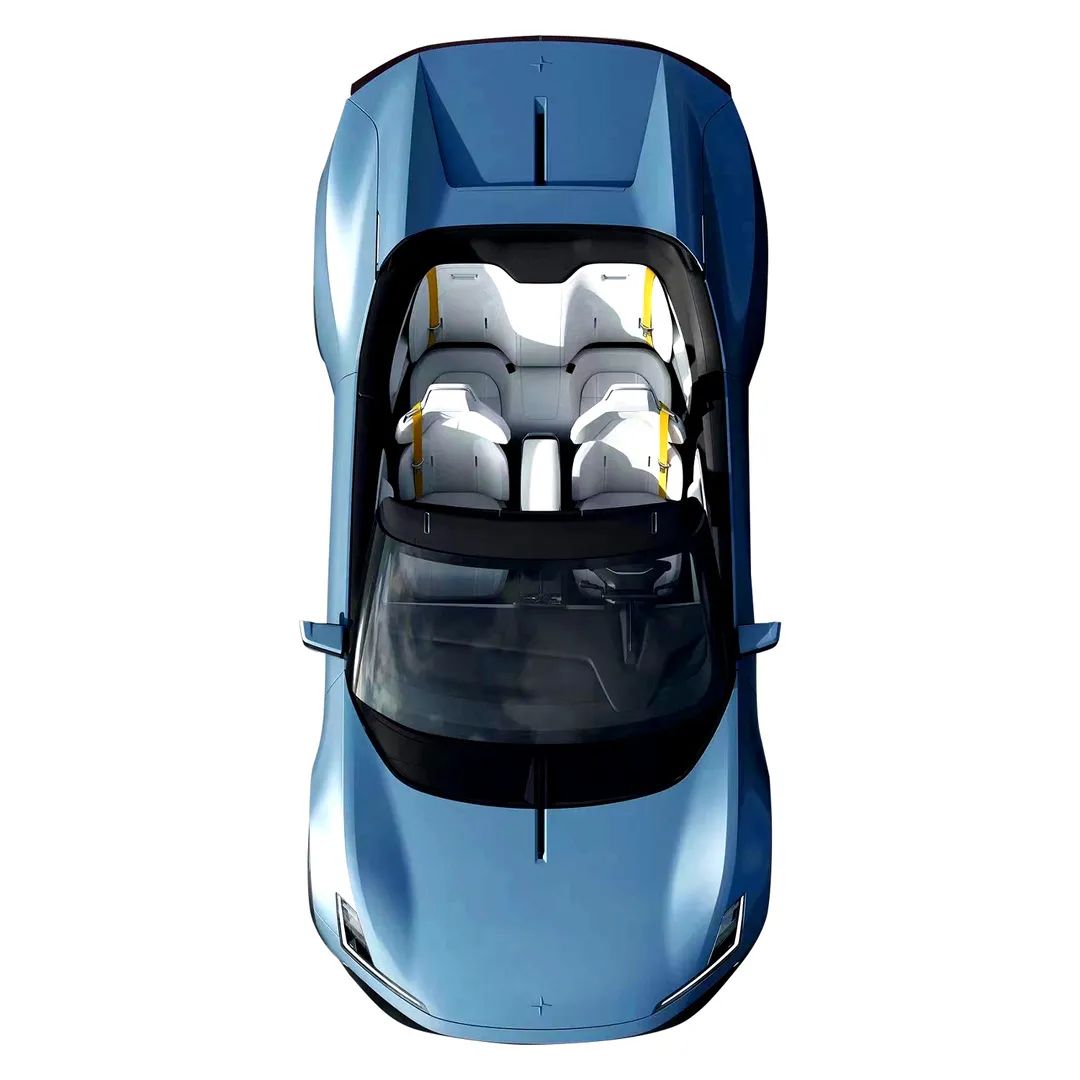

Q: What important impact does prototype technology have on the product quality of new energy vehicles?
A: (1) Design verification: By making prototypes, the design could be transformed from digital form into physical samples. This enables designers and engineers to personally inspect and verify design feasibility, fitability and quality. Through the actual touch and visual inspection of the prototype, problems, defects or deficiencies in the design can be discovered, and modifications and improvements can be made in a timely manner, thereby improving the design quality of the product.
(2) Functional testing: Prototype technology could produce samples for functional testing to verify the performance of specific components or systems of new energy vehicles. Through functional testing on the prototype, potential problems or defects can be discovered to ensure that the product functions normally. This helps reduce the possibility of problems in actual production and improves product reliability and performance.
(3) Manufacturing process verification: Prototype technology could help verify the manufacturing process of new energy vehicles. By making prototypes, feasibility, efficiency and quality control in the manufacturing process could be evaluated. This helps identify potential manufacturing issues and make appropriate adjustments and improvements before mass production to ensure that the product's manufacturing process can meet quality standards.
